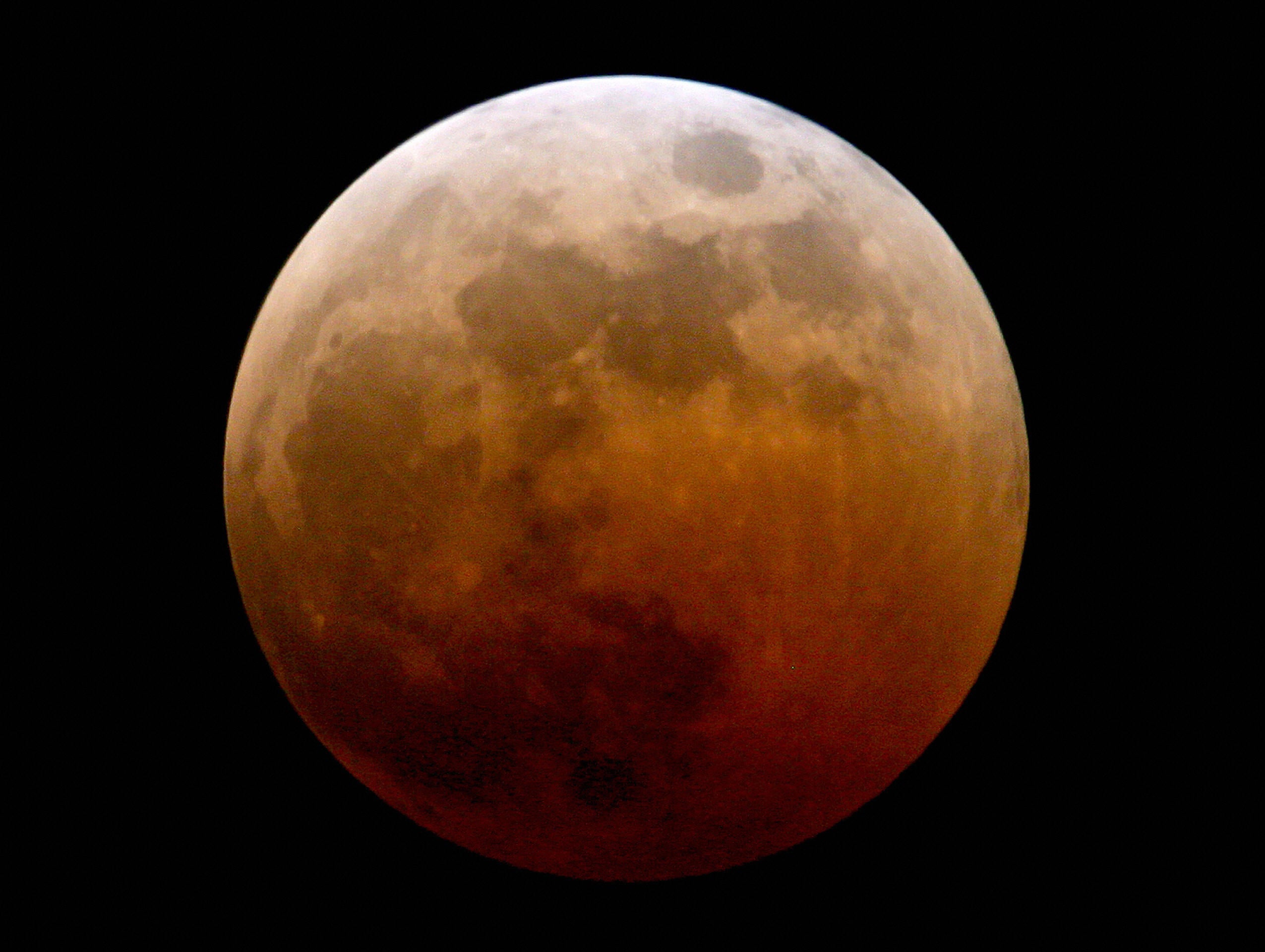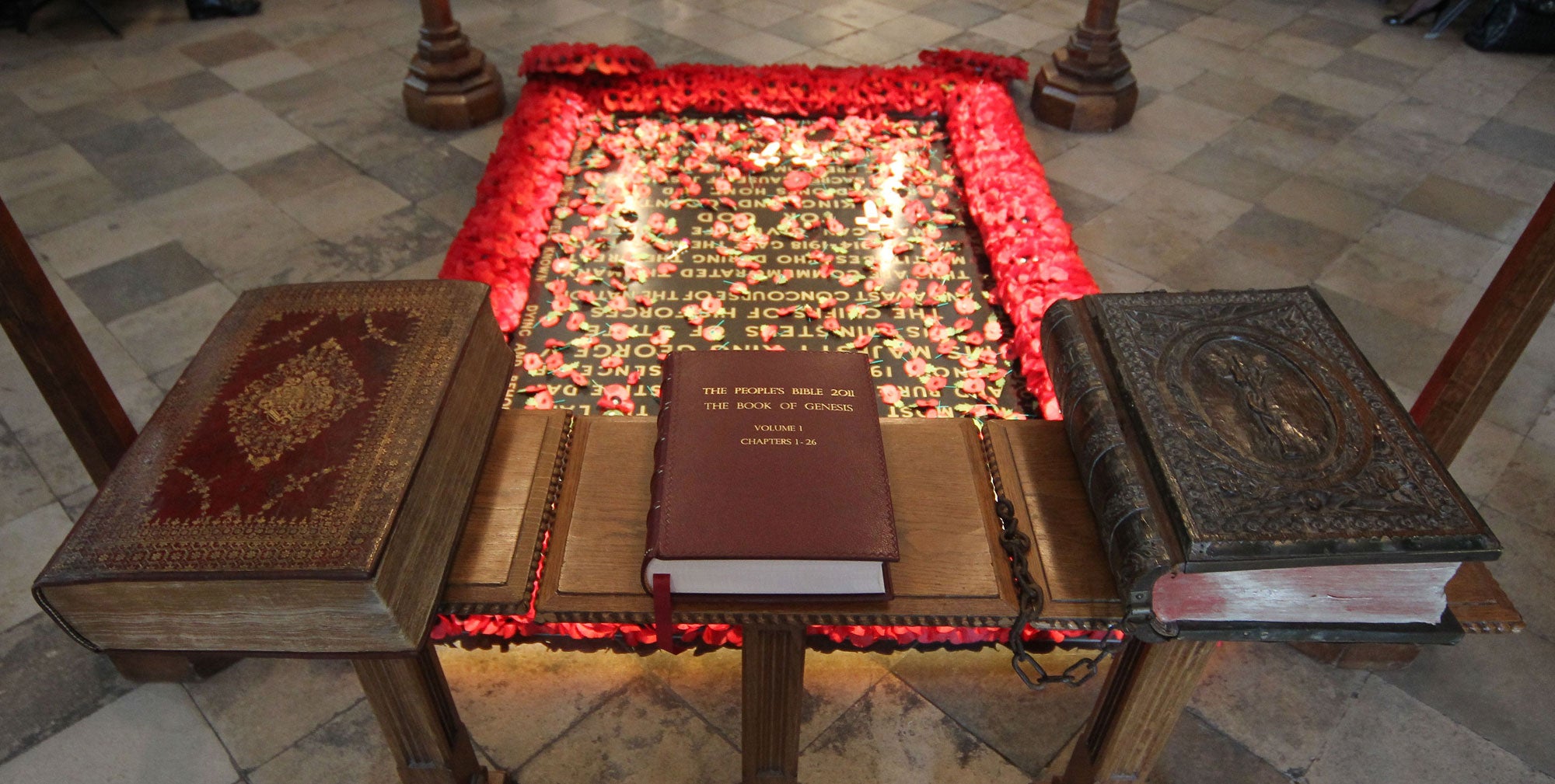'What is a blood moon?' and other fun questions about the upcoming apocalypse
The internet's got end-of-the-world fever: here's what's really happening

Your support helps us to tell the story
From reproductive rights to climate change to Big Tech, The Independent is on the ground when the story is developing. Whether it's investigating the financials of Elon Musk's pro-Trump PAC or producing our latest documentary, 'The A Word', which shines a light on the American women fighting for reproductive rights, we know how important it is to parse out the facts from the messaging.
At such a critical moment in US history, we need reporters on the ground. Your donation allows us to keep sending journalists to speak to both sides of the story.
The Independent is trusted by Americans across the entire political spectrum. And unlike many other quality news outlets, we choose not to lock Americans out of our reporting and analysis with paywalls. We believe quality journalism should be available to everyone, paid for by those who can afford it.
Your support makes all the difference.Tetrads, blood moons and the apocalypse: sometimes it seems that there’s just too many mystical-sounding buzzwords floating around not to throw your hands up and start proclaiming the end of days.
At least, this seems to have been the inspiration for apocalypse-mongerers who have been busy greeting a fairly rare (but completely foreseeable) astronomical event as the fulfilment of an ancient prophecy of global catastrophe.
To explain what’s happening as succinctly as possible: on the 15th of April you’ll be able to see the first total lunar eclipse in a series of four (a phenomenon known as a tetrad to astronomers), which will also happen to coincide with the Jewish festivals of Passover and Sukkot in 2014 and 2015.
Lunar eclipses in general are sometimes called ‘blood moons’ because the light bouncing off the moon is refracted through the Earth’s atmosphere giving it a coppery hue (it’s the same mechanism that make sunsets and sunrises look red).

At some point however, some individuals decided that although on their own these phenomena aren’t incredibly noteworthy, in aggregate they make for a decent bit of apocalypse mongering. Add in some suitably Dan Brown-esque bible soundbites (“The sun will be turned to darkness, and the Moon to blood before the great and dreadful day of the LORD comes”) and you’re halfway to the New York Times’ Best Seller list.
The main culprit in all this is American pastor and author John Hagee, whose 2013 book Four Blood Moons: Something Is About To Change seems to have popularised the notion that four successive ‘blood moons’ is an event of some significance.
“Every time this has happened in the last 500 years, it has coincided with tragedy for the Jewish people followed by triumph,” Hagee told The Daily Express. “And once again, for Israel, the timing of this Tetrad is remarkable.”

Hagee goes on to say that each of the next four total lunar eclipses will coincide with Passover (15 April in 2014, 4 April in 2015) and Sukkot, otherwise known as the Feast of the Tabernacles (8 October in 2014 and 28 September in 2015).
This is certainly unusual but hardly surprising given that the Jewish calendar is based partly on lunar cycles: Passover is always marked by a full moon and a lunar eclipse cannot – by definition – happen at any other time apart from a full moon.
Writing over at Universe Today, David Dickinson spells it out clearly: “Eclipses happen, and sometimes they occur on Passover. It’s rare that they pop up on tetrad cycles, yes, but it’s at best a mathematical curiosity that is a result of our attempt to keep our various calendrical systems in sync with the heavens.”
Dickinson also notes that tetrads aren’t actually that unusual. They occur when there are four successive total lunar eclipses separated by six month periods, with the Earth placed directly between the Moon and the Sun, first refracting sunlight through the atmosphere onto the Moon (this is what makes it ‘red’) and then blocking all direct illumination (this the actual eclipse).

However, this isn’t even the first tetrad of this century (that was in 2003-2004) and including this next quartet there will be seven more before the year 2100.
Although it's certainly rarer for all four eclipses to coincide with Passover and Sukkot (this has happened only eight times since 162 CE) it's still a frequent enough occurrence to make events of 'historical significance' happening on the same nothing more than coincidence. Throw a dart at a calendar and you’ll find something of ‘historical significance’ happening on that day - it’s just what history is like.
So, although the thought of watching a good lunar eclipse is pretty exciting (simply head outside on the night of the 15th – no special equipment necessary) the end-of-the-world stuff is about as credible as the Mayan prophecies back in 2012. If you survived them then you’ll probably be A-OK over the next couple of weeks. We promise.
Join our commenting forum
Join thought-provoking conversations, follow other Independent readers and see their replies
Comments